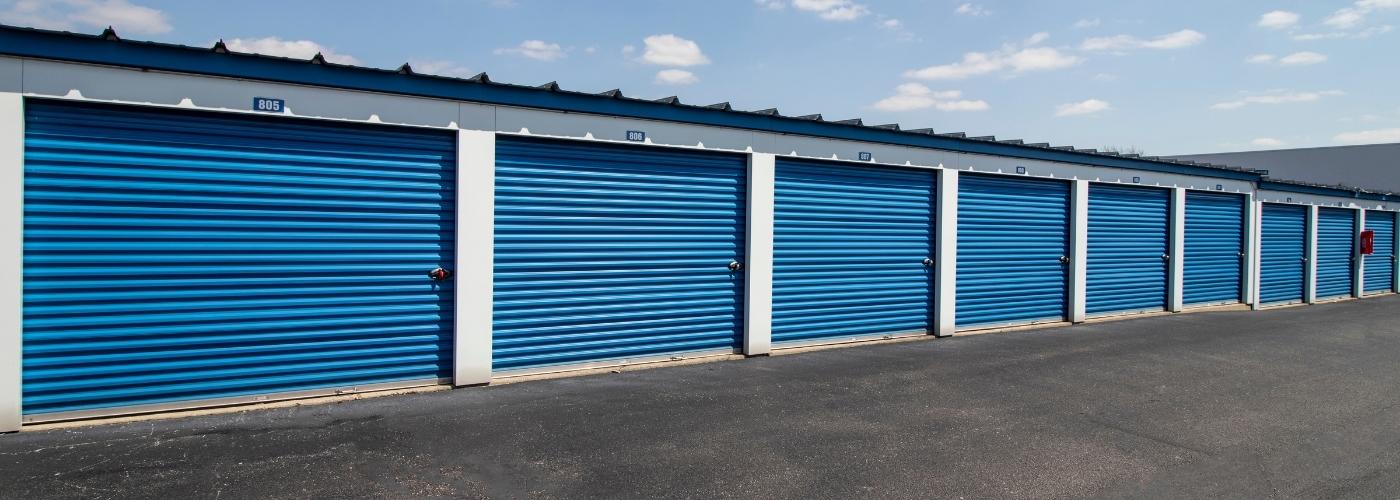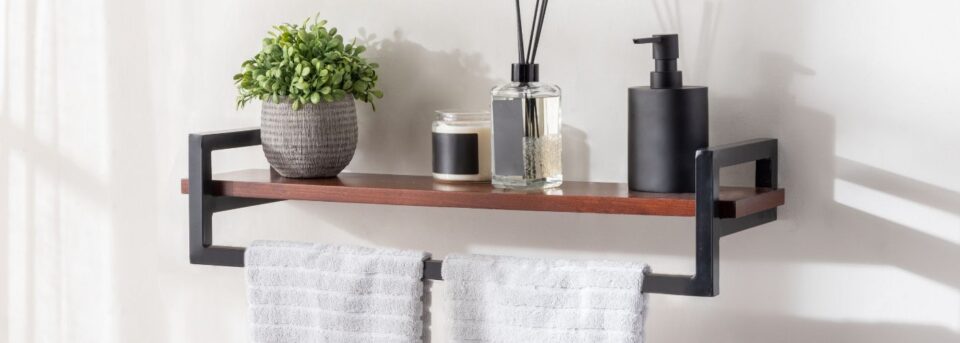4 Tips for Decluttering and Organizing Your Space For Staging

Are you tired of feeling overwhelmed by clutter in your home or office? Do you find yourself spending precious time searching for misplaced items or struggling to keep your space tidy? If so, it may be time to declutter and organize your surroundings. This blog will provide you with four practical tips for decluttering and organizing your space, helping you to simplify your life and achieve a more peaceful environment.
4 Easy Methods To Decluttering Your Home For Staging

1. Go Room by Room
Decluttering your entire house for home staging can be overwhelming, especially if you have so much to go through. The last thing you want is to dedicate an entire day to decluttering.
Save yourself from stress and anxiety by going room by room instead and taking it daily. You’ll definitely feel a lot better when you take baby steps during the decluttering process, and it gives you more time to thoroughly go through each item in each room.
2. Get a Perspective
If you get emotionally attached to certain items or if you’re a natural hoarder, bring someone along during your decluttering process. Not only do you get an extra pair of helping hands, but they can help you let go of things that you might not be able to do on your own.
3. The Four-Box Method
Staying organized while decluttering is the best way to stay on track throughout the process. The four-box method works wonders when arranging certain things. One box for storage, one for donating/giving away, one for trash, and one for keeping. Don’t forget to label them!
4. Ask the Right Questions
The best way to tackle home decluttering is by preparing yourself with the right questions to ask when going through each item. Keep these questions in mind: “Have I used this item in the past year?”, “Will I use it in the year ahead?”, “If it is broken, is it worth fixing or can I replace it?”, “Would I keep this if I moved?”
Where Do Items Go When Staging A House?
When staging a house, one of the most important aspects is figuring out where to put all the items and furniture. Every piece is essential in creating an inviting and aesthetically pleasing environment for potential buyers.
Many people wonder if they should rent storage units or even sell their belongings ahead of time to declutter the home for staging. However, there are many creative ways to utilize your space.
One effective strategy is to create separate zones within each room using furniture staging and accessories such as rugs, pillows, or artwork.
This technique can make even small rooms feel more spacious and functional while highlighting key features of the property. For example, a cozy reading nook with a plush armchair can enhance the appeal of a corner fireplace or large bay window.
Another important factor is choosing which items to keep in view versus what should be stored away during showings. You may want to keep some items out, including plants, family photos, and a walk-in closet.
Sellers should also consider adding lighting fixtures and decor that reflect their taste. This can be done by choosing furniture pieces with matching finishes and colors.
Should You Set The Table When Staging A Home?
Setting the table is often considered a crucial step in home staging. It’s believed that setting the table helps potential buyers envision themselves living in the space. However, this practice may not be suitable for every situation and may even turn off some buyers.
One thing to consider is the size of the space. If you’re working with a small dining area, setting an elaborate table can make it feel cramped and overwhelming. Instead, opt for minimal decor or empty space to showcase its potential.
Another factor to keep in mind is your target audience. If you’re selling a family home, set the table with practical items like placemats and utensils to show how it can accommodate daily meals.
But if you’re selling a luxury property, consider hiring a professional interior designer who can create an elegant and sophisticated tablescape that matches the home’s style and ambiance.





